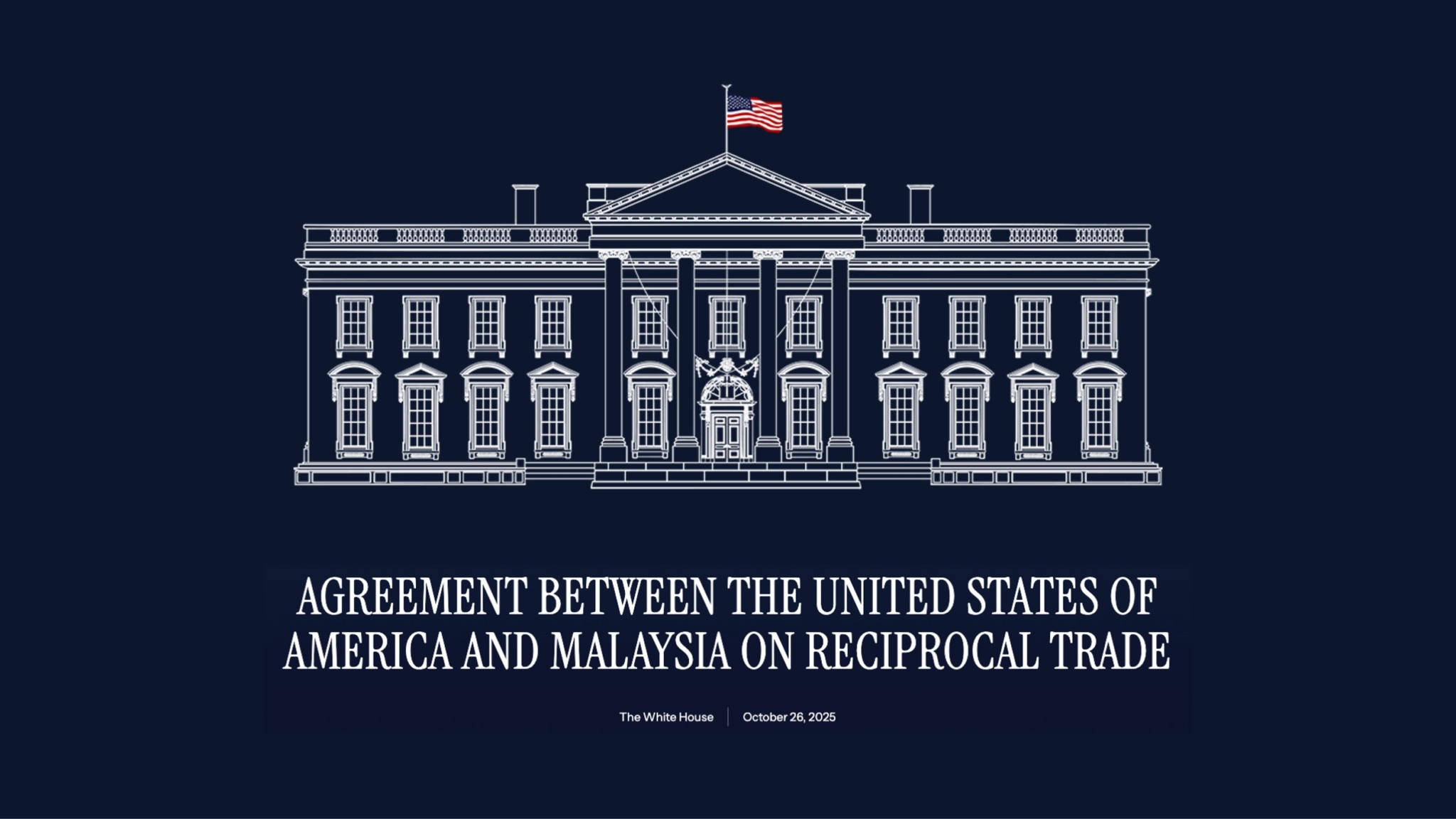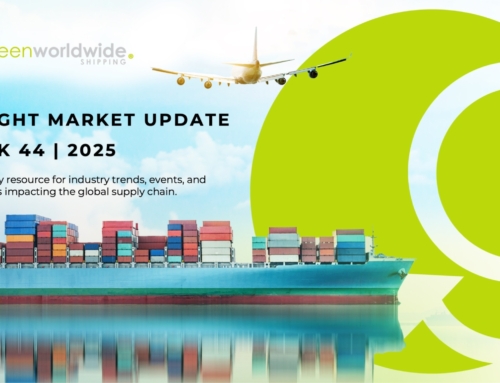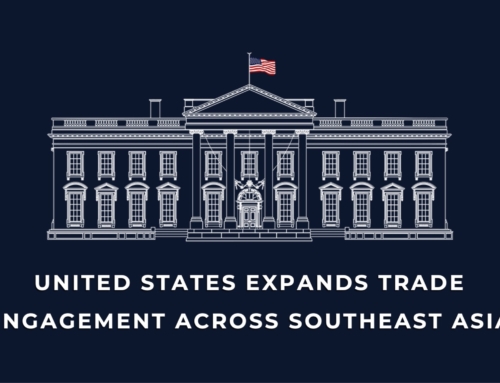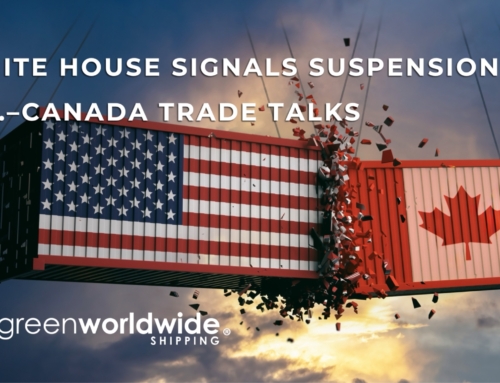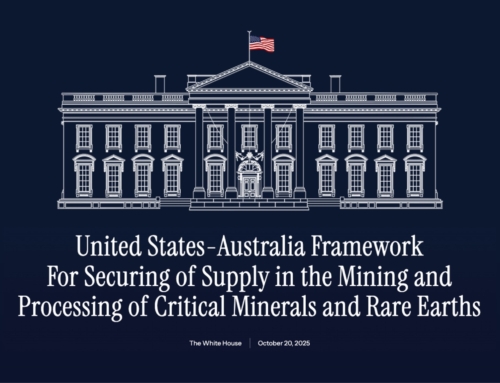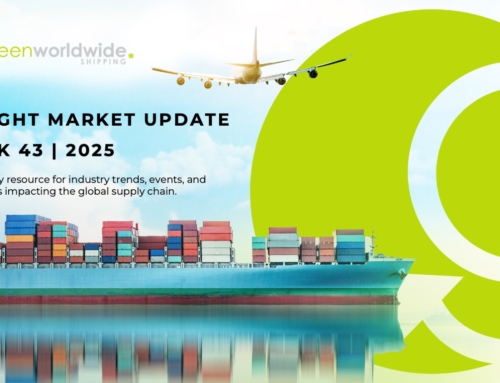The United States (U.S.) and Malaysia have signed an Agreement on Reciprocal Trade, creating a structured, rules-based framework to expand bilateral market access, strengthen investment, and promote regulatory alignment across key industries. The Agreement and accompanying Critical Minerals Memorandum of Understanding (MOU) mark a major milestone in U.S.–Malaysia economic relations, enhancing cooperation in trade, industrial development, and supply-network security. This Agreement is part of a recent U.S. trade engagement expansion across Southeast Asia.
WHAT IS THE PURPOSE OF THE AGREEMENT?
The Agreement formalizes reciprocal tariff and non-tariff commitments between the United States and Malaysia. It is designed to expand U.S. export opportunities, ensure fair and transparent market access, and improve coordination on national security–related trade measures. Both governments emphasized shared priorities of sovereignty, sustainable economic growth, and resilient supply networks.
Key objectives include:
- Expand market access for U.S. industrial and agricultural goods through reciprocal tariff schedules.
- Eliminate discriminatory import licensing and technical barriers to trade.
- Strengthen intellectual property enforcement and digital trade protections.
- Align national security and export control practices to prevent unfair competition.
- Advance responsible development of critical minerals and rare earths.
HOW ARE TARIFFS AND NON-TARIFF BARRIERS ADDRESSED?
Under the Agreement, Malaysia will apply preferential customs duties on U.S.-origin goods as outlined in Schedule 1 of Annex I, while the United States applies a revised 19 percent reciprocal tariff on Malaysian-origin goods in Schedule 2. Both sides confirmed that quantitative restrictions inconsistent with WTO rules are prohibited. The Agreement also removes or simplifies non-tariff measures affecting U.S. exporters.
Malaysia will:
- Recognize U.S. automotive, technical, and emissions standards.
- Accept U.S. conformity-assessment procedures without duplicative testing.
- Apply science-based sanitary and phytosanitary rules to U.S. agricultural goods.
- Allow market access for dairy, meat, rice, and processed food products under non-discriminatory licensing.
WHAT REGULATORY AND LABOR PROVISIONS ARE INCLUDED?
Malaysia commits to comprehensive reforms that promote transparency, worker protections, and environmental stewardship.
- Regulatory Practices: Malaysia will establish predictable rulemaking procedures, ensure stakeholder participation, and publish draft measures for public comment.
- Labor: Within two years of entry into force, Malaysia will prohibit imports of goods produced by forced or compulsory labor and uphold internationally recognized labor rights.
- Environment: Malaysia will strengthen environmental enforcement, address illegal logging and wildlife trade, and maintain robust governance structures for sustainable development.
The Agreement also enhances intellectual property protections, expands digital trade commitments, and guarantees the free transfer of data across trusted borders. Malaysia agreed to refrain from digital services taxes that discriminate against U.S. companies and will continue to support the WTO moratorium on customs duties for electronic transmissions.
HOW DOES THE AGREEMENT SUPPORT COMMERCIAL INVESTMENT AND STATE-OWNED ENTERPRISE REFORM?
Malaysia will encourage U.S. investment in strategic sectors, including critical minerals, energy, power generation, telecommunications, transportation, and infrastructure. The United States will provide financing support through the Export-Import Bank (EXIM) and the U.S. International Development Finance Corporation (DFC) for qualified projects. Malaysia also plans to facilitate approximately 70 billion U.S. dollars in investment within the United States over the next decade. The Agreement requires Malaysian state-owned enterprises to operate on commercial terms and avoid non-market subsidies, ensuring a level playing field for U.S. firms.
WHAT IS INCLUDED IN THE CRITICAL MINERALS MEMORANDUM OF UNDERSTANDING?
The U.S.–Malaysia Critical Minerals Memorandum of Understanding (MOU) strengthens collaboration across exploration, extraction, processing, manufacturing, and recycling. It promotes responsible investment, technology transfer, and regulatory alignment to improve global supply-network resilience.
Both countries will coordinate to protect their domestic critical minerals markets from unfair trade practices by establishing transparent, high-standard marketplaces that may include pricing frameworks such as price floors. Regular working-level meetings will guide implementation, identify new projects, and evaluate joint investment opportunities.
WHAT COMMERCIAL AGREEMENTS ARE ASSOCIATED WITH THE FRAMEWORK?
In conjunction with the Agreement, U.S. and Malaysian companies announced several major commercial transactions:
- Long-term liquefied natural gas purchases valued at approximately 3.4 billion U.S. dollars annually.
- Coal and telecommunications imports totaling more than 160 million U.S. dollars.
- Procurement of 30 Boeing aircraft with options for 30 additional units.
- Semiconductor and data-center equipment purchases valued at 150 billion U.S. dollars.
HOW WILL THE AGREEMENT BE IMPLEMENTED?
The Agreement will enter into force 60 days after both parties complete their domestic legal procedures. A joint committee will oversee tariff schedule execution, non-tariff compliance, and coordination of national security cooperation. U.S. Customs and Border Protection will issue detailed classification guidance and filing instructions for importers under the revised tariff schedules.
The Critical Minerals MOU took effect immediately upon signature and will remain active through mutual cooperation, subject to each government’s domestic regulations and funding availability.
Stay up-to-date on freight news with Green’s Weekly Freight Market Update by following us on LinkedIn. For continuous updates, make sure to check out our website at greenworldwide.com.

